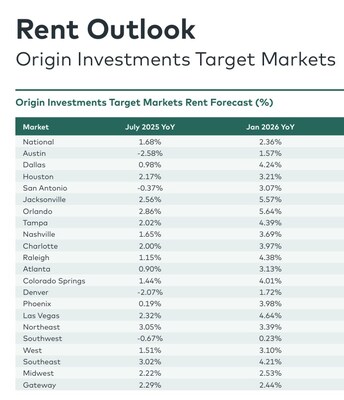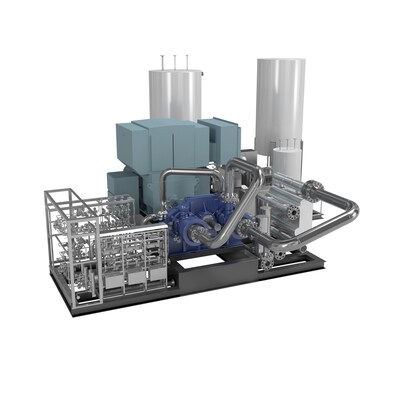OpenAI Has a Warning for Nvidia. Is the AI Bubble Bursting?
It hasn’t even been two years since OpenAI changed the world by launching ChatGPT, but already there are signs that the technology could be hitting a ceiling.
OpenAI’s latest model, Orion, was designed to replace GPT and be a significant step beyond it, but the model has not hit the company’s performance targets. While it’s an improvement on OpenAI’s GPT models, it’s not the leap that the company had hoped it would be, and evidence is now piling up that artificial general intelligence (AGI) might be further away than technologists like OpenAI CEO Sam Altman had hoped.
Start Your Mornings Smarter! Wake up with Breakfast news in your inbox every market day. Sign Up For Free »
After all, OpenAI isn’t the only AI start-up experiencing such challenges. According to Bloomberg, the latest version of Alphabet‘s Gemini isn’t meeting internal expectations, and Anthropic, which is seen as the AI start-up most closely challenging OpenAI, is behind on the release of its updated Claude chatbot model called 3.5 Opus.
The biggest reason why these models seem to be reaching a ceiling is that they are having trouble finding new sources of substantial training data, as earlier models have exhausted resources like Wikipedia, social media, and news sites. Margaret Mitchell, the chief ethics scientist of AI start-up Hugging Face, told Bloomberg about the technological challenges: “The AGI bubble is bursting a little bit.”
In other words, until the problem of securing reliable training data sets is addressed, the anticipated performance of advanced AI models will likely fizzle out, at least in the near term.
It’s unclear how significant this slowdown is right now, but at a time when other industry insiders have called out an AI bubble, the news could reel in inflated stock valuations across the tech sector.
With the law of diminishing returns seemingly hitting the large language models (LLMs), the AI sector could take a hit, and Nvidia (NASDAQ: NVDA) seems to be the most at risk here.
After all, Nvidia’s graphics processing units (GPUs) are used to train AI models like ChatGPT, and demand for those components has skyrocketed since the launch of ChatGPT. Cloud-infrastructure companies, autonomous-vehicle companies like Tesla, and AI start-ups have stocked up on Nvidia’s chips in anticipation of an AI boom.
However, there’s still no “killer app” in generative AI, and the rap on the technology seems to be that it is impressive and capable, but the use cases aren’t fully clear, especially when it is still prone to mistakes.




Leave a Reply